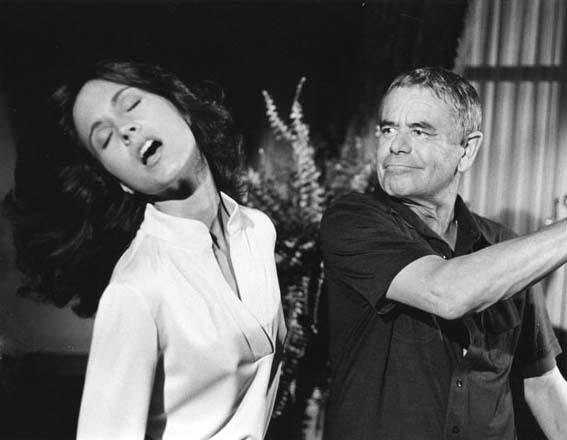Derrel
Mr. Rain Cloud
- Joined
- Jul 23, 2009
- Messages
- 48,225
- Reaction score
- 18,944
- Location
- USA
- Can others edit my Photos
- Photos OK to edit
Once you get into 200, 300,400,and 500mm primes, the 1.5x or 1.6x Field of View Crop in not really 'your friend' in many PJ situations. Even with your 70-200 /2.8 indoors, the 1.5x and 1.6x bodies make the lenses less versatile. Same with the 24-70 or 28-70 f/2.8 zooms, or the 85mm 1.4 prime, or the 135mm f/2 lens...on a crop-body indoors, the loss of the field of view at the edges of the frame makes the lenses significantly less-useful indoors than on a FF body. On FF those are wide-angle to short tele zooms, on 1.6x they function as short-normal to short tele lenses. Quite often, too long for group shots or scene-encompassing. A shame, since the optics are so good.
Many indoor events demand short telephoto lenses, but on 1.5 to 1.6x, you are forced to be 25 to 35 feet away in order to get any real field of view with an 85mm lens or anything longer. The crop-bodies do NOT "magnify" anything,and they do not give you more "reach" or "range"--that is a total misunderstanding shared by many. THEY PUT MORE PIXELS onto a subject, but the subject is the same exact size on a 1.5x body as on a FF body. The higher pixel density puts a lot of demands on the lenses; from what I have seen of the 7D, the 17-55 f/2.8 IS is not up to the task of 18MP on 1.6x; the samples I have seen using that lens show poor corner performance on the 7D. The 7D, if it were FF, would be 43 megapixels--making it the highest-density,smallest pixel d-slr on the market that I am aware of.
Many indoor events demand short telephoto lenses, but on 1.5 to 1.6x, you are forced to be 25 to 35 feet away in order to get any real field of view with an 85mm lens or anything longer. The crop-bodies do NOT "magnify" anything,and they do not give you more "reach" or "range"--that is a total misunderstanding shared by many. THEY PUT MORE PIXELS onto a subject, but the subject is the same exact size on a 1.5x body as on a FF body. The higher pixel density puts a lot of demands on the lenses; from what I have seen of the 7D, the 17-55 f/2.8 IS is not up to the task of 18MP on 1.6x; the samples I have seen using that lens show poor corner performance on the 7D. The 7D, if it were FF, would be 43 megapixels--making it the highest-density,smallest pixel d-slr on the market that I am aware of.














